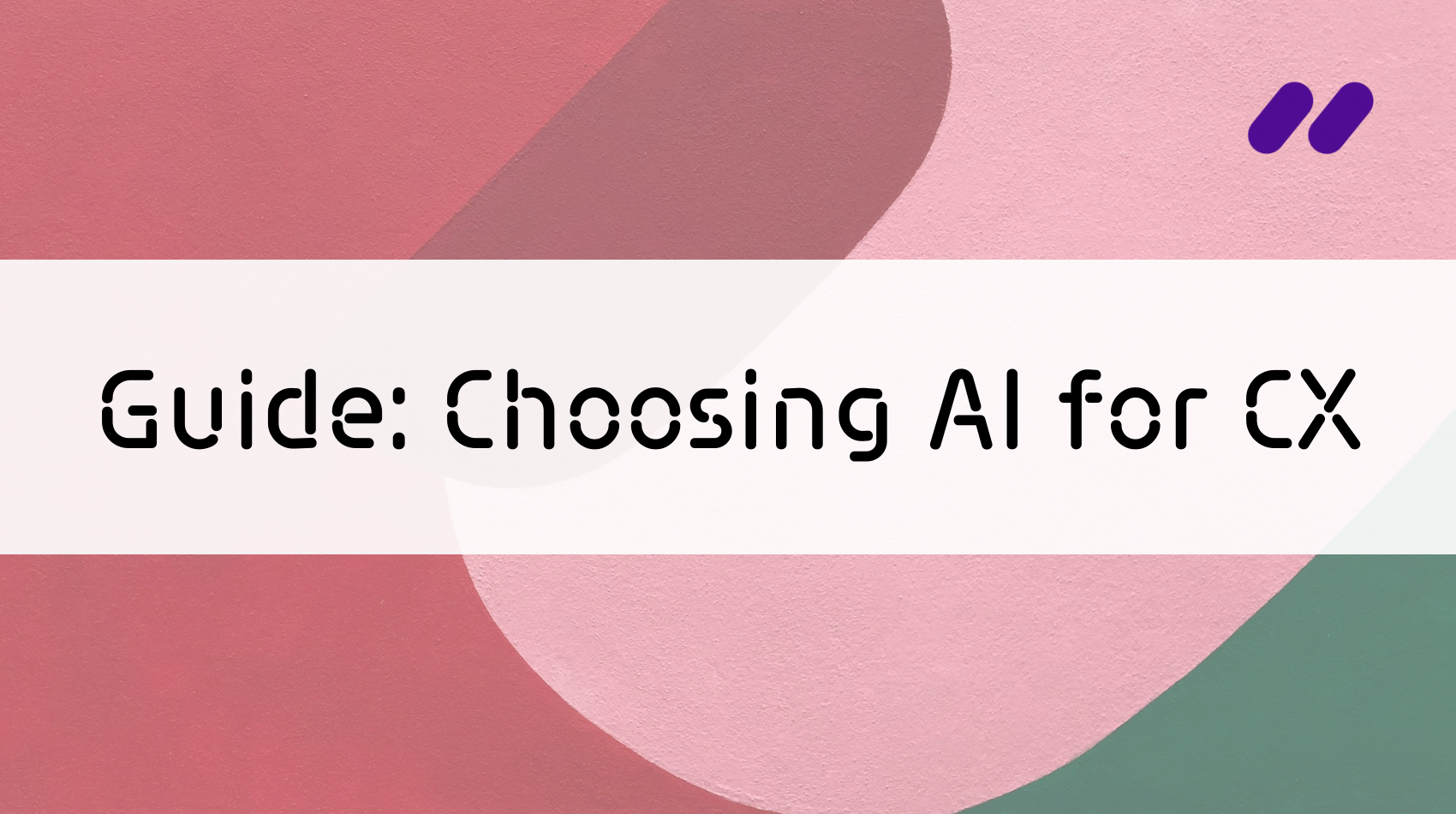For CX professionals, understanding customers has evolved from mapping customer journeys and analyzing survey results to taking full advantage of customer data to pinpoint every interaction along the way and pull meaningful insights from it. This progression—and its increased speed and relevancy during the COVID-19 pandemic—is what CX expert Bruce Temkin focused on in his recent talk, CX Now: Current Realities & Future Opportunities, hosted by CXPA Toronto in celebration of CX Day.
“In the past 10 years, CX has increased the volume of customer insights that an organization can take action on. Today, we need to make insights way more actionable and find more of them,” said Temkin, cofounder of CXPA, creator of the XM Institute and Head of Qualtrics XM.
Even beyond searching out and identifying more meaningful ways to engage with customers, CX professionals armed with massive amounts of data-based insights have a role to play in every area of an organization, from employee satisfaction to stakeholder decision making, across industries. Recent Forrester marketing research shows that companies that leverage advanced insights-driven business capabilities are 2.8x more likely to report double-digit year-over-year growth than firms that are still at the beginner stage.
Throughout his talk, Temkin shared his experience in advancing the field and community of CX and his vision for its ongoing evolution.
How history illuminates the future of digital customer experience
In 2010, CX was just starting to be established as a discipline. It was also the year Temkin left Forrester to start his Experience Management (XM) company Temkin Group, and work with fellow CX professionals to establish the Customer Experience Professionals Associations (CXPA), an organization that focused on raising the level of thinking and capabilities across the community of CX professionals.
With shared best practices, a common language and competency models came a higher level of consistency in CX that defined the field and scope of CX that exists today, where customer journey mapping, “voice of the customer” and the customer feedback loop have become essentials.
In 2020, CX professionals are in clear agreement on what they do—and, given that CX functions with a broader cultural and social context where change is constant and quick, CX professionals are always in the process of learning more. The capabilities of CX to provide organizations with insights into customer behaviour is at a high point. Understanding the audience you’re speaking to involves understanding what’s going on around them.
CX’s capability to also improve employee experience and drive business growth is why Temkin created the CX-related term and practice of Experience Management (XM).
The capabilities of CX also go beyond understanding customers and can be applied in multiple ways within organizations. CX’s capability to also improve employee experience and drive business growth is why Temkin created the CX-related term and practice of Experience Management (XM), which sees opportunities for improvement in all interactions within and with an organization. In the next 10 years, the capabilities of CX are set to grow as the discipline increases its capabilities and becomes an essential part of organizational processes.
Digital customer experience in the next 10 years: Propagating actionable insights
“The future of CX success comes from CX’s ability to help organizations continuously learn what all the people in their ecosystem—customers, employees, partners—are thinking and feeling, then propagating those insights to the right people who can do something about it,” says Temkin.
What holds organizations back is their ability to take action on insights, says Temkin: “Organizations will differentiate themselves over the next 10 years not only from the insights that CX generates, but their ability to rapidly adapt across the organization based on the growth of meaningful insights.”
To adapt to customer trends, it’s time to go beyond static listening to customers, such as the same listening posts, surveys and similar sample groups that lead to repetitive reporting. To learn more about customer behaviour and what they think of products, services and brands, says Temkin, CX needs more dynamic instrumentation for listening to customers, learning and reflecting the priorities of organizations. That results in the kind of actionable intelligence that helps key decision makers and stakeholders make better, faster decisions.
To learn more about customer behaviour and what they think of products, services and brands, says Temkin, CX needs more dynamic instrumentation for listening to customers, learning and reflecting the priorities of organizations.
Creating actionable intelligence and embedding insights
CX professionals share a common goal: to help organizations make better decisions in a better way. To reach that goal in today’s climate, Temkin names actionable intelligence as the new focus, no matter what metrics are being used.
To encourage actionable intelligence, he suggests CX professionals move towards adaptive processes within organizations, where insights are fed directly into operational processes, from new product development to customer service, CRM scripts to marketing campaigns. Not only does this show how effective the learnings of CX are for decision makers, but that CX can help organizations rapidly adapt to findings and trends.
To that end, CX professionals need dynamic instrumentation to learn in different ways and capture more valuable insights. Since dynamic instrumentation programs rely on high-quality recent data, those insights need to become more automated, says Temkin. New AI and machine learning tools that efficiently gather and analyze an abundance of customer data from multiple sources are able to directly link quality customer data to actionable insights, improving the effectiveness of CX strategy and its value to decision makers. Embedded into organizational processes, CX-based data-driven insights enable those same processes to become more agile, bolstering organizations to do more, mature faster and drive change.





